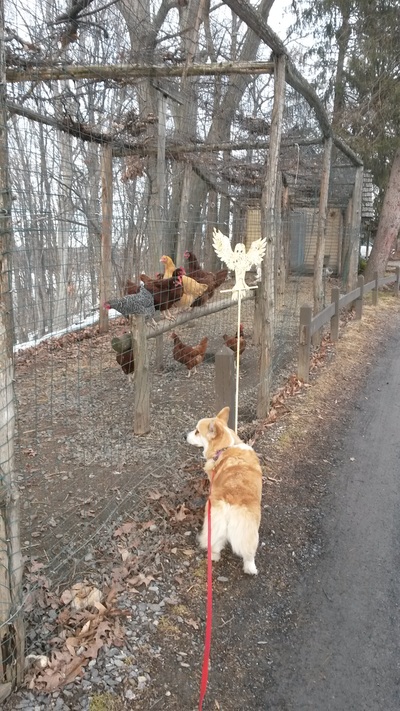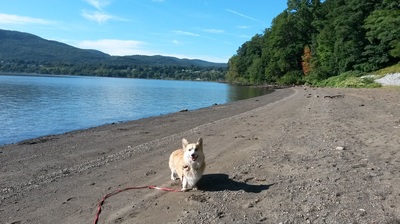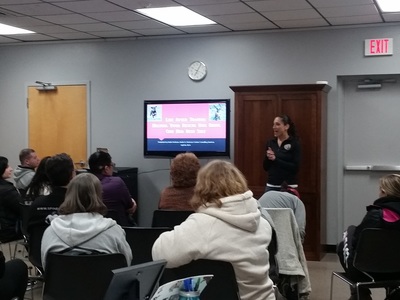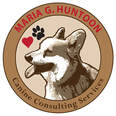A blog for all things dog-related: training, behavior, fun new doggie items, veterinary information and, of course, ways to enhance your relationship with your best four-legged friend!
0 Comments
If you're anything like me, going on a walk with your dog is as much for your dog's benefit as it is for your own. If I'm stressed or just need a break, taking my dog for a walk can be one of the best ways to instantly give me those endorphins. It gets us both moving and gives us the exercise and socialization that we need. But not if we stick to a rigid obedience "heel", where I require him to be at my side "watching me" the whole time - that's more like work than a leisurely outlet for our energy! So instead of using a short leash and holding him tight and close, I most often choose to walk using a long line. When I say “long line”, I’m not referring to the metal line that you stake into the ground in your back yard; nor do I mean a retractable leash which is like a shoestring attached to a plastic handle and offers you little control. I mean a 12-15’ leash made of cotton webbing that looks like a regular leash only much longer. Sometimes they are referred to as “training leads” and you can often find them online or in a store packaged wrapped in a spiral. They come in 10’, 15’, 20’, 30’ even 50’ varieties, but 15’ is usually all you need for walking – anything longer is just too much to handle and unnecessary. I use one of these 15’ long lines almost anytime I take my dog out and about. He and I both love the flexibility it offers when used correctly, and it makes for a more pleasant outing for both of us! In a nutshell, here are some of the reasons why using a long line can make for a walk that is more fun and rewarding for you both...
A big "THANK YOU" to all who came out for my "Life After Trauma" presentation at the Marlboro Free Library on Tuesday, April 26th! Those in attendance had the opportunity to learn about their dog's emotional state, which can be influenced by many factors, and to understand how this emotional state is connected to several common rescue dog (or any dog really!) behaviors - such as jumping and nipping at guests, barking and lunging on leash, separation anxiety and resource guarding. If you weren't able to make it, stay tuned... we may be doing another one soon!
|
AuthorMaria Huntoon, CBCC-KA Archives
April 2020
Categories |










 RSS Feed
RSS Feed






